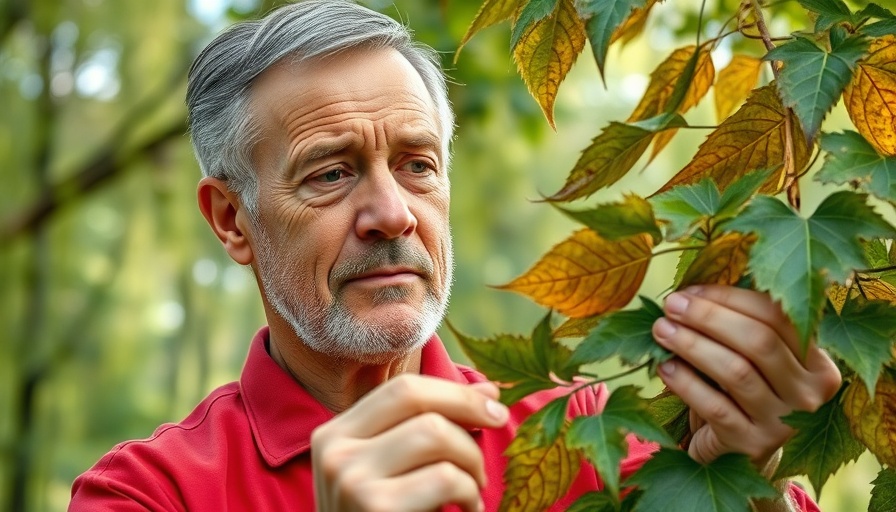
The Fall Foliage Crisis: A Threat to New England’s Beauty
As the crisp autumn air rolls through New England, locals and tourists alike look forward to the vibrant display of fall foliage. However, this season's picturesque scenery faces a significant threat due to an increasing tree disease. This issue not only affects our visual landscape but also our local ecosystems and tourism, which heavily relies on the breathtaking views that bring thousands of visitors to Boston and beyond.
In 'Fall foliage threatened by tree disease', the discussion sheds light on the growing concern for New England’s treasured autumn scenes, prompting us to explore its broader impact on our environment and economy.
Understanding the Disease Affecting Our Trees
Recent reports have highlighted a concerning uptick in cases of fungal infections impacting maples and oaks—two dominant species in our fall landscape. This disease disrupts not just the health of these trees but also their ability to produce the stunning colors that we associate with autumn. The potential loss of these trees could alter local habitats, affecting the wildlife that depends on them while diminishing the seasonal charm that draws in tourists from across the country.
The Economic Impact on Boston’s Tourism
The repercussions of tree diseases extend beyond aesthetics; they profoundly impact local businesses that thrive on fall tourism. Apple orchards, pumpkin patches, and leaf-peeping tours generate substantial revenue each year. If the foliage diminishes, the cascading effect might lead to reduced visitor numbers, ultimately threatening jobs and the economic stability of our communities. Tour operators and local artisans alike are preparing to confront these changes with protective measures, underscoring the interconnectedness of our environment and economy.
Community Actions and Future Prospects
In response to this looming challenge, community leaders and environmental organizations are stepping up to combat the fall foliage crisis. Educational workshops, tree planting initiatives, and disease mitigation strategies are being put in place to support our trees' health for future generations. Engaging local residents in these efforts not only fosters stewardship but also cultivates a deeper appreciation for the natural beauty that defines our state.
As we reflect on the importance of preserving our autumn landscapes, let us actively participate in conserving our thriving ecosystems. Together, we can safeguard the wonders of nature—ensuring that future generations can witness the beautiful transformation of our trees each fall.
 Add Row
Add Row  Add
Add 




Write A Comment